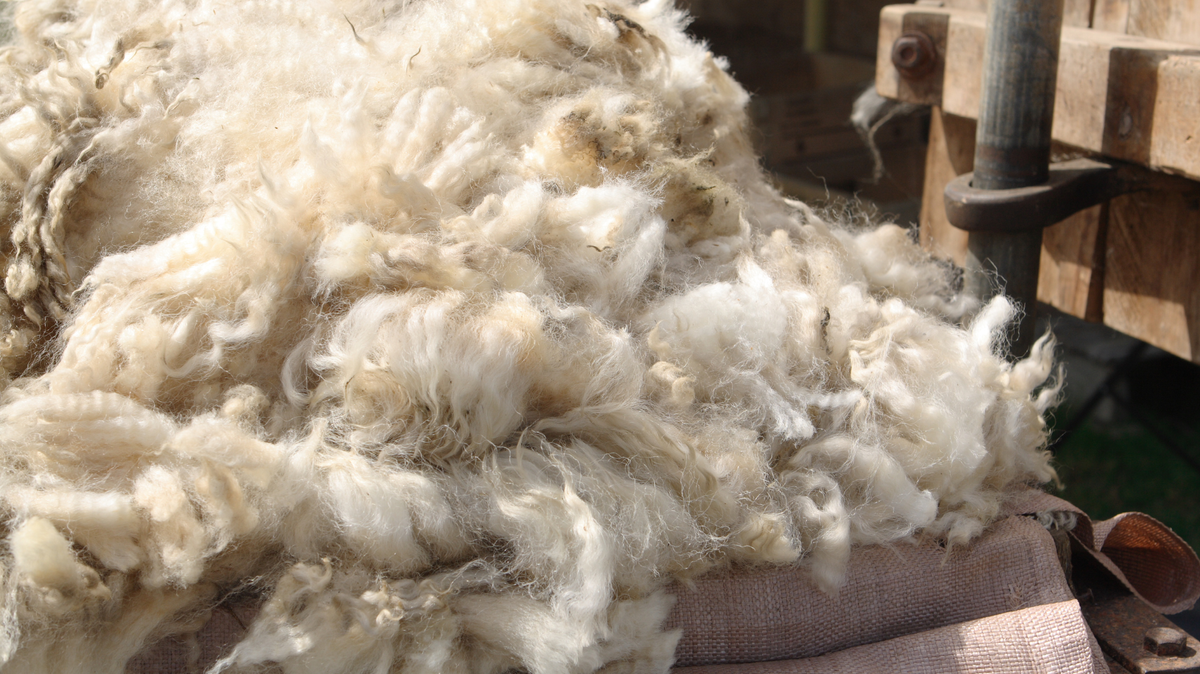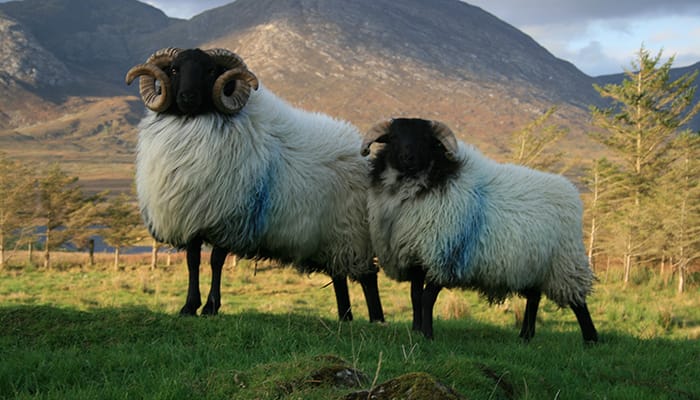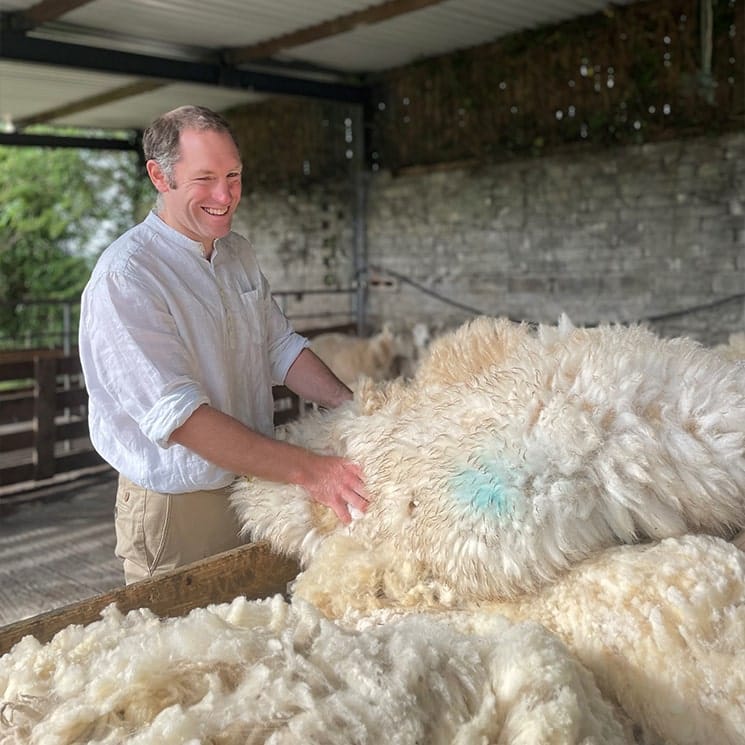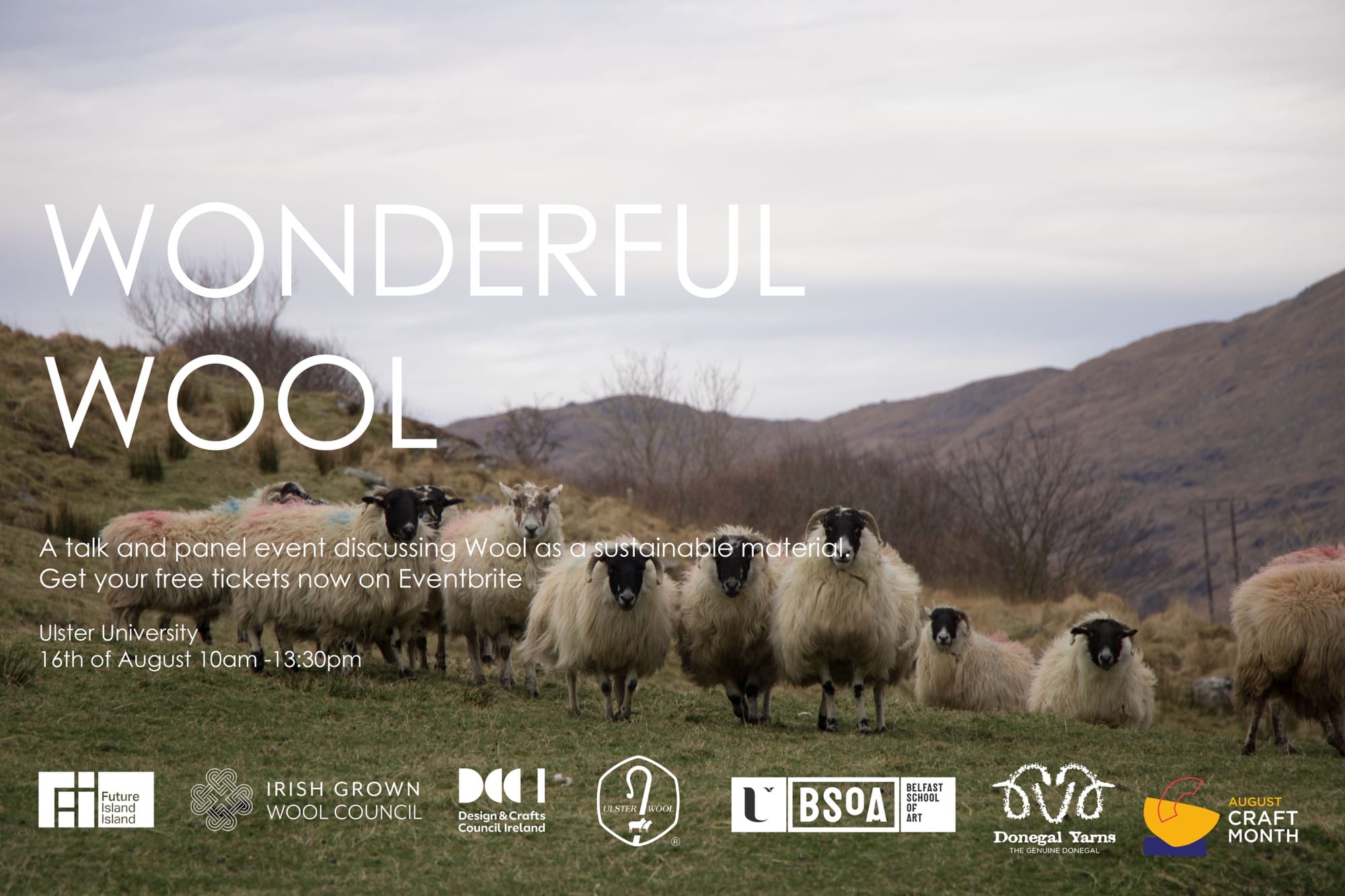Exploring the Unique Appeal of Irish Wool
Irish wool transcends its role as a textile, embodying a rich heritage of tradition and innovation. From its durable qualities and sustainability to its cultural significance, this remarkable fibre weaves together stories of community, resilience, and Irish identity.

Irish wool is more than just a textile; it represents a rich heritage steeped in tradition and innovation. The allure of this remarkable fibre lies not only in its practical applications but also in the stories it tells and the connections it fosters. While many may be familiar with its uses in clothing and home décor, the depths of Irish wool's significance and qualities often remain under-appreciated.
A legacy of land and livelihood
To understand the appeal of Irish wool, one must first consider the landscape of Ireland itself. The country’s lush, rolling hills and rugged terrain provide an ideal environment for sheep farming. The hardy breeds of sheep, such as the Irish Blackface and the Kerry Hill, have evolved to thrive in these conditions, producing wool that is particularly durable and versatile. This connection to the land and its inherent challenges informs the character of Irish wool, which is often thicker and more resilient than its counterparts from other regions.

Sheep farming in Ireland is not merely an agricultural pursuit; it is a vital aspect of rural life. Generations of families have tended to their flocks, passing down knowledge and skills that enrich the fabric of Irish society. Each sheep, each fleece, carries with it a story of the land, the farmers, and the traditions that have shaped them. In this sense, Irish wool transcends its materiality to become a symbol of community, resilience, and pride.
A prime example of this heritage is Cushendale Woollen Mills, recognised as Ireland’s oldest woollen mill, with continuous operation since its establishment in the 13th century. The first mill was founded in 1204 by the Cistercian monks of Duiske Abbey, utilising a mill race that continues to flow today—likely one of the oldest in existence. Following the closure of the Abbey in 1539 under Henry VIII, the mill transitioned to lay ownership. The Cushen family has been operating a mill on this site since the 1800s, maintaining a residence on Mill Road. Today, Cushendale Woollen Mills remains a family-run business, producing high-quality woollen goods that reflect both time-honoured techniques and modern innovations. The mill’s enduring legacy exemplifies how Irish wool seamlessly blends tradition with contemporary design, ensuring its relevance in today’s market.
Exceptional qualities of Irish wool
When it comes to the qualities of Irish wool, its reputation is well-deserved. Renowned for its warmth and durability, it is an ideal choice for outerwear and home textiles. Unlike synthetic alternatives, wool is naturally breathable, allowing it to regulate temperature effectively. This makes Irish wool garments suitable for various climates, ensuring comfort without compromising on style.
Moreover, Irish wool possesses remarkable moisture-wicking properties. It can absorb up to 30% of its weight in moisture without feeling wet, which is essential for those living in the often unpredictable Irish weather. This natural ability to manage moisture makes it an excellent choice for outdoor enthusiasts, as it provides both insulation and comfort in changing conditions.
But perhaps one of the most fascinating aspects of Irish wool is its natural elasticity. This characteristic allows wool garments to retain their shape and resist wrinkling, making them suitable for everyday wear. The fibres have a unique crimp that contributes to this elasticity, ensuring that Irish wool products maintain their integrity over time. This longevity not only enhances the sustainability of wool as a material but also reflects the deep connection between quality and tradition in Irish textile production.

Sustainability and innovation
In an age where sustainability is at the forefront of consumer consciousness, Irish wool stands out as a responsible choice. The process of wool production is inherently sustainable, as it relies on natural growth cycles and is biodegradable. Unlike many synthetic fabrics that contribute to pollution and environmental degradation, wool production can have a minimal ecological footprint, particularly when done responsibly.
Irish wool producers are increasingly adopting innovative practices to enhance sustainability. Many farms are embracing regenerative agriculture, which focuses on improving soil health and biodiversity. By doing so, they not only contribute to the well-being of the planet but also improve the quality of their wool. This progressive approach reflects a growing awareness of the need to balance tradition with modern ecological concerns.

Additionally, the resurgence of interest in local artisanal products has led to a revitalisation of the Irish wool industry. Consumers are seeking out authentic, high-quality materials that tell a story. Irish wool fits this desire perfectly, as it embodies a blend of heritage and innovation. The rise of small-scale artisans and designers who utilise Irish wool in contemporary fashion and home goods is a testament to its versatility and enduring appeal.
A cultural significance
Beyond its physical properties, Irish wool holds cultural significance that adds to its allure. It is interwoven with the identity of the Irish people, serving as a tangible link to their history and traditions. The famous Aran sweaters, characterised by their intricate patterns and sturdy knit, are emblematic of Irish wool's cultural heritage. Originally designed to keep fishermen warm in the harsh Atlantic climate, these sweaters have evolved into a beloved symbol of Irish craftsmanship and identity.

Furthermore, wool has found its way into various aspects of Irish life, from literature to music. The warmth of a woollen blanket might evoke a sense of comfort that transcends generations, while the unique qualities of wool can inspire artistic expression in countless forms. This deep-rooted cultural connection amplifies the significance of Irish wool, transforming it from a mere textile into a vessel of memory and meaning.
The appeal of Irish wool extends far beyond its practical uses; it encapsulates a rich tapestry of history, quality, and sustainability. As we delve deeper into the attributes and significance of this remarkable fibre, we uncover a world where tradition meets innovation and community thrives. By choosing Irish wool, consumers not only invest in a superior product but also support a legacy that continues to inspire and uplift. Whether you are seeking warmth on a chilly day or a unique piece of heritage to adorn your home, Irish wool promises to deliver both quality and a connection to a vibrant culture that has weathered the tests of time.





